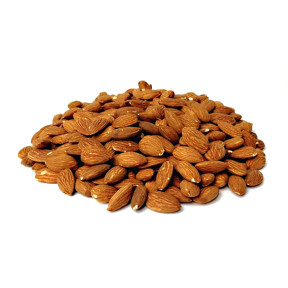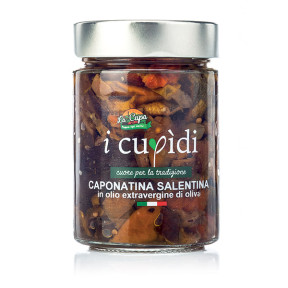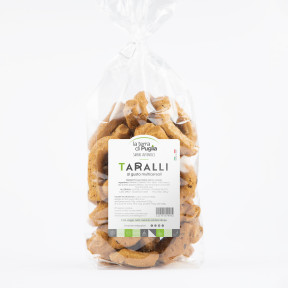Sagne Ncannulate: Salento Tradition
The sagne ncannulate, also known as twisted sagne, are a symbol of the traditional Salento cuisine. This particular pasta is appreciated for its unique shape and its connection to the history and culture of Salento. The sagne are made with simple, genuine ingredients typical of the rich-flavored yet humble cuisine of Southern Italy.
Origins and Characteristics of Sagne
The sagne ncannulate derive their name from the dialect verb "ncannulare", meaning to twist. This pasta is handmade, creating spirals that hold the sauce better. The sagne salentine are often accompanied by robust sauces such as meat ragù or fresh tomato and basil sauce.
Variants of Sagne
There are several variants of sagne, including the whole grain sagne, which use less refined flours and are richer in fiber. The sagne pasta can be found in different shapes and sizes, but all maintain the characteristic twisted shape. The pasta sagne is a versatile dish, suitable for both traditional recipes and modern interpretations.
Preparation of Sagne Ncannulate
The preparation of sagne ncannulate requires time and patience. The pasta is rolled out and cut into long strips, then each strip is twisted upon itself. This manual process is what gives the sagne their distinctive shape. Once ready, the sagne are cooked in plenty of salted water and dressed with sauces of choice.
Sagne in Salento Cuisine
The sagne ncannulate are a fundamental element of Salento cuisine. This type of pasta represents the culinary tradition of the region and is often prepared during holidays and special occasions. The sagne salentine are a dish that brings families together and celebrates the authentic flavors of the territory.
























